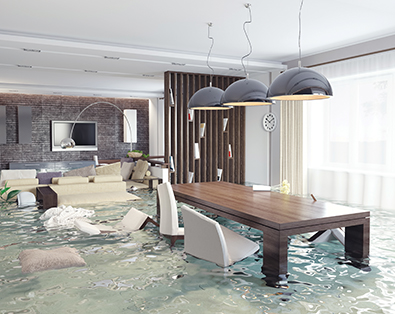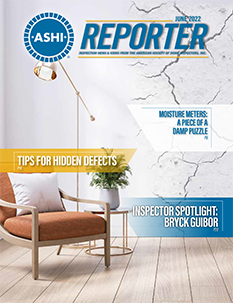ASHI Reporter June 2022, Feature
Tips for Hidden Defects
Concealed defects in homes are often found in crawl spaces, basements, attics, and behind the siding. By concealed, let’s say they are hard to find. Moisture is the main culprit. Here are some tips for finding those problem areas.
By: Paul Cummins Member ExclusiveASHI Reporter June 2022, Feature
Moisture Meters: A Piece of a Damp Puzzle
Water is the archnemesis of homes and home inspectors. Able to spread pervasively and rapidly, water can quickly cause a lot of damage to virtually every inch of a property. So, whether your client has a leaky pipe or a flooded crawl space, it’s in both of your best interests to identify water damage during your inspection.
By: Stephanie Jaynes Member ExclusiveASHI Reporter June 2022, Feature
So Many Resources
ASHI and its large network of professional, certified home inspectors are committed to maintaining high standards across the profession—and the organization is also committed to supporting its members in their home inspection careers. As part of that commitment, the ASHI Affiliate Member program is a way that home inspectors can access the products and services they need to enhance their businesses.
By: Laura Rote Member ExclusiveAdvertisment
ASHI Reporter June 2022, Feature
Bryck Guibor on Knowing What Buyers Want
You’ll usually find Bryck Guibor in a cowboy hat. It’s become sort of a staple, he said—so much so he joked that some folks don’t recognize him without it. But Guibor needs that hat to protect him from the Arizona sun when he’s out in the field on a long day.
By: Laura Rote Member ExclusiveASHI Reporter June 2022, Feature
Tiled Showers
Homes have many areas that can be problematic—crawl spaces, chimneys, decks, et cetera. Tiled showers can be problematic, too. I estimate approximately 75% of the tiled showers I’ve inspected have some issues, and, for most, they're related to moisture.
By: Michael Harrison Member Exclusive









